Dentigerous Cyst Treatment Guidelines
Dentigerous cyst treatment guidelines. The conventional treatment plan is cyst removal and marsupialization. Treatment was planned according to UA. Marsupialization therapy can be useful to promote the spontaneous eruption of the involved tooth within the cyst.
Biopsy of the cyst after treatment is necessary for accurate diagnosis. 12 This statement fits well with the treatment characteristics of dentigerous cyst. It is time for some background.
Therapy for a cyst is determined by its etiology and localization which on the one hand means that the causal tooth must be treated or removed and on the other that the cystic lining which secretes the cystic content must be excised. When a tooth is in the early developmental stages. Varies based on age maturity anatomic position and relative importance of tooth involved size of cyst presence of additional neoplasms.
Dentigerous cysts were treated by marsupialization using dedicated obturators and enucleation of the cyst afterwards. The cyst may be mistaken for odontogenic keratocyst or an ameloblastoma. Enucleation of the cyst with extraction of the involved teeth followed by application of Carnoys solution for 3 min over the cavity was planned under general anesthesia GA.
Teeth vitality in the lesion was regularly. This article presents paediatric and adult cases where surgical planning and treatment. Treatment performed - patient was taken under GA.
13 Without treatment the cyst not only inhibits the eruption of an impacted tooth but also can carry the tooth to an unusual position in the jaw. Treatment is by removal of the source of infection by completing root canal treatment or extraction of the associated non-vital tooth. However there are a number of differ-ent clinical presentations and numerous adapted treatment approaches for management of dentigerous cysts in both.
For the majority of dentigerous cysts treatment involves surgical removal of the cystic lin-ing through enucleation with extraction or maintenance of the associated tooth. Most dentigerous cysts are treated with enucleation of the cyst and removal of the associated tooth.
There are multiple factors that influence the decision of surgical approach such as extent of cyst invasion of surrounding structures functional and cosmetic significance of the impacted tooth cyst size and.
Treatment was planned according to UA. This article presents paediatric and adult cases where surgical planning and treatment. Surgical Management and Treatment for Dentigerous Cyst. Treatment is by removal of the source of infection by completing root canal treatment or extraction of the associated non-vital tooth. Abstract Dentigerous cysts are common odontogenic cysts treated through surgical enucleation. Edodontic treatment of primary tooth. However there are a number of differ-ent clinical presentations and numerous adapted treatment approaches for management of dentigerous cysts in both. Multiple keratocystic odontogenic tumours associated with naevoid basal cell carcinoma syndrome. Planned treatment procedure was carried out successfully.
Small cysts are shown to regress however larger cysts may require enucleation with peri- Figure 9. Be the dentigerous cyst. Dentigerous cysts are the most common odontogenic cysts of the jaws and sometimes inhibit the eruption of teeth 1 2 3. Marsupialization therapy can be useful to promote the spontaneous eruption of the involved tooth within the cyst. Enucleation of entire cyst with extraction of the associated tooth is most common approach. Edodontic treatment of primary tooth. The cyst may be mistaken for odontogenic keratocyst or an ameloblastoma.



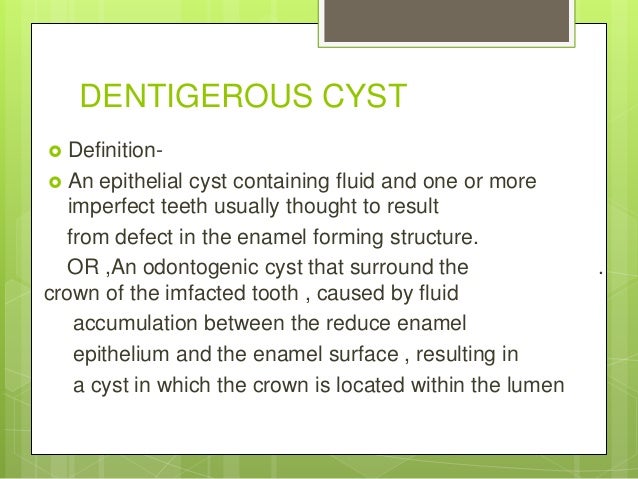










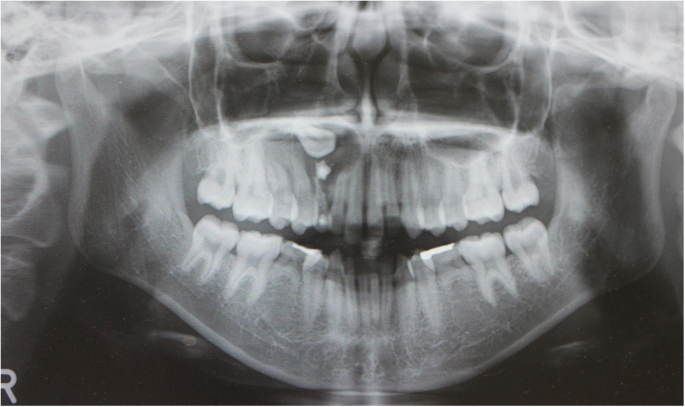



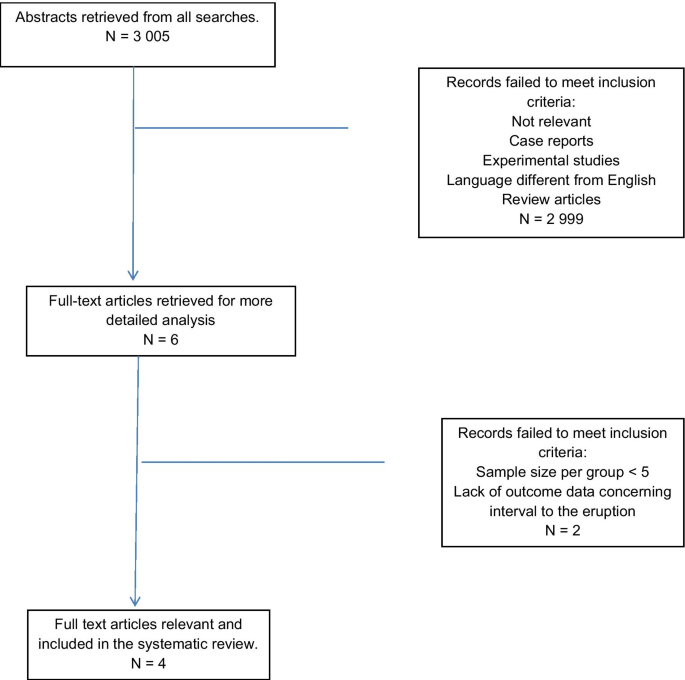
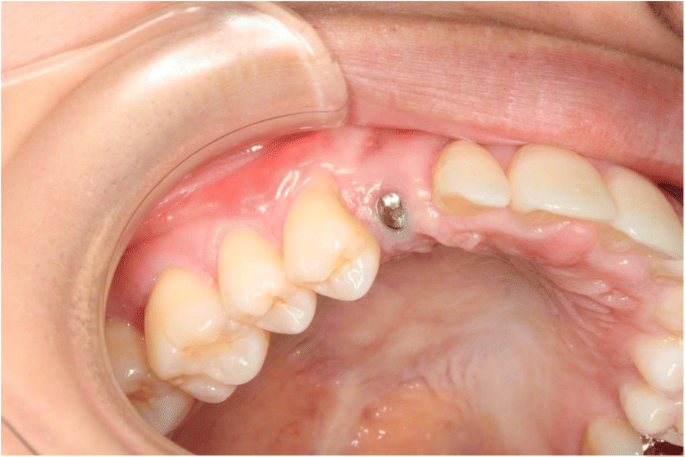


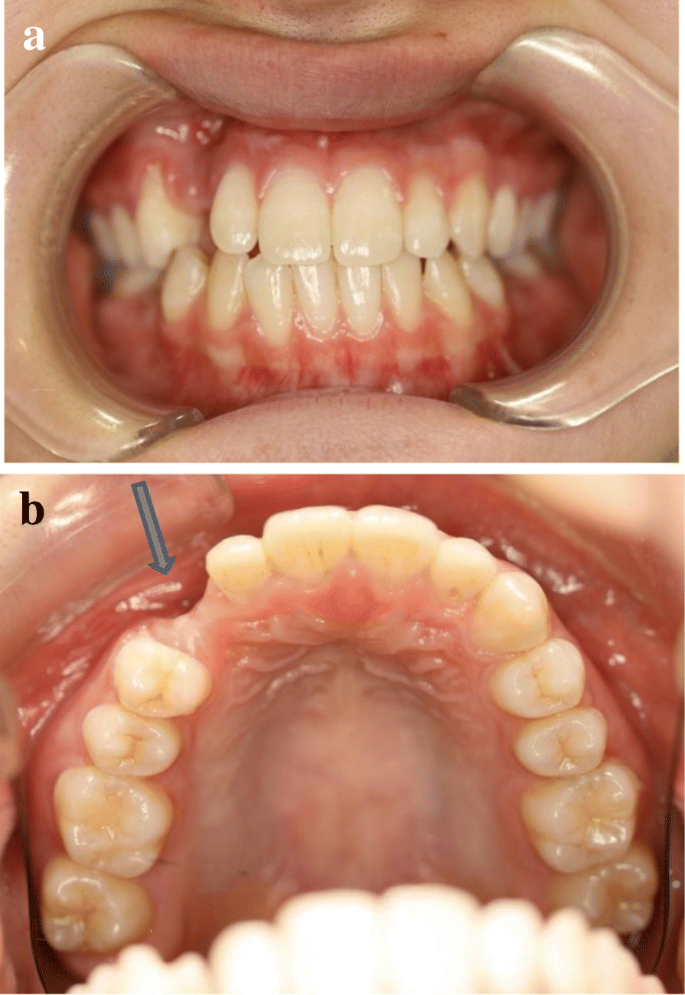

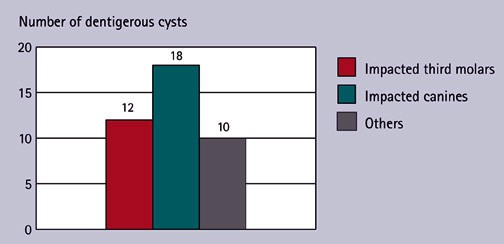


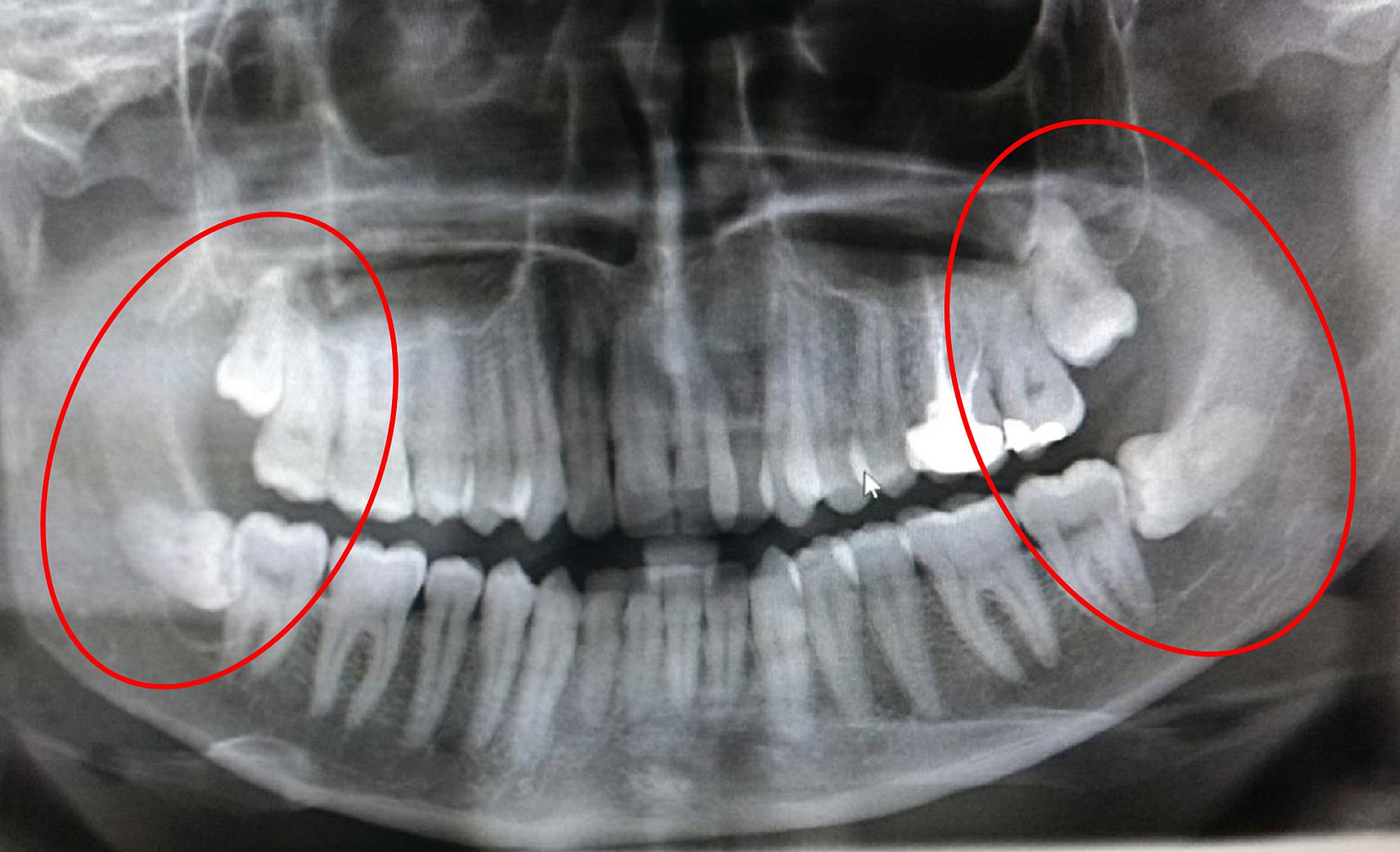



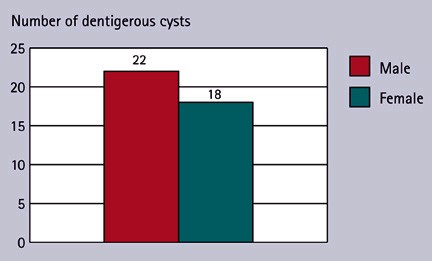
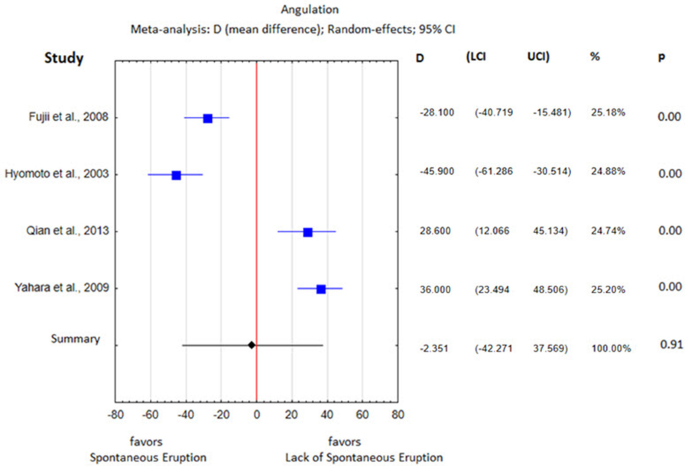


Posting Komentar untuk "Dentigerous Cyst Treatment Guidelines"